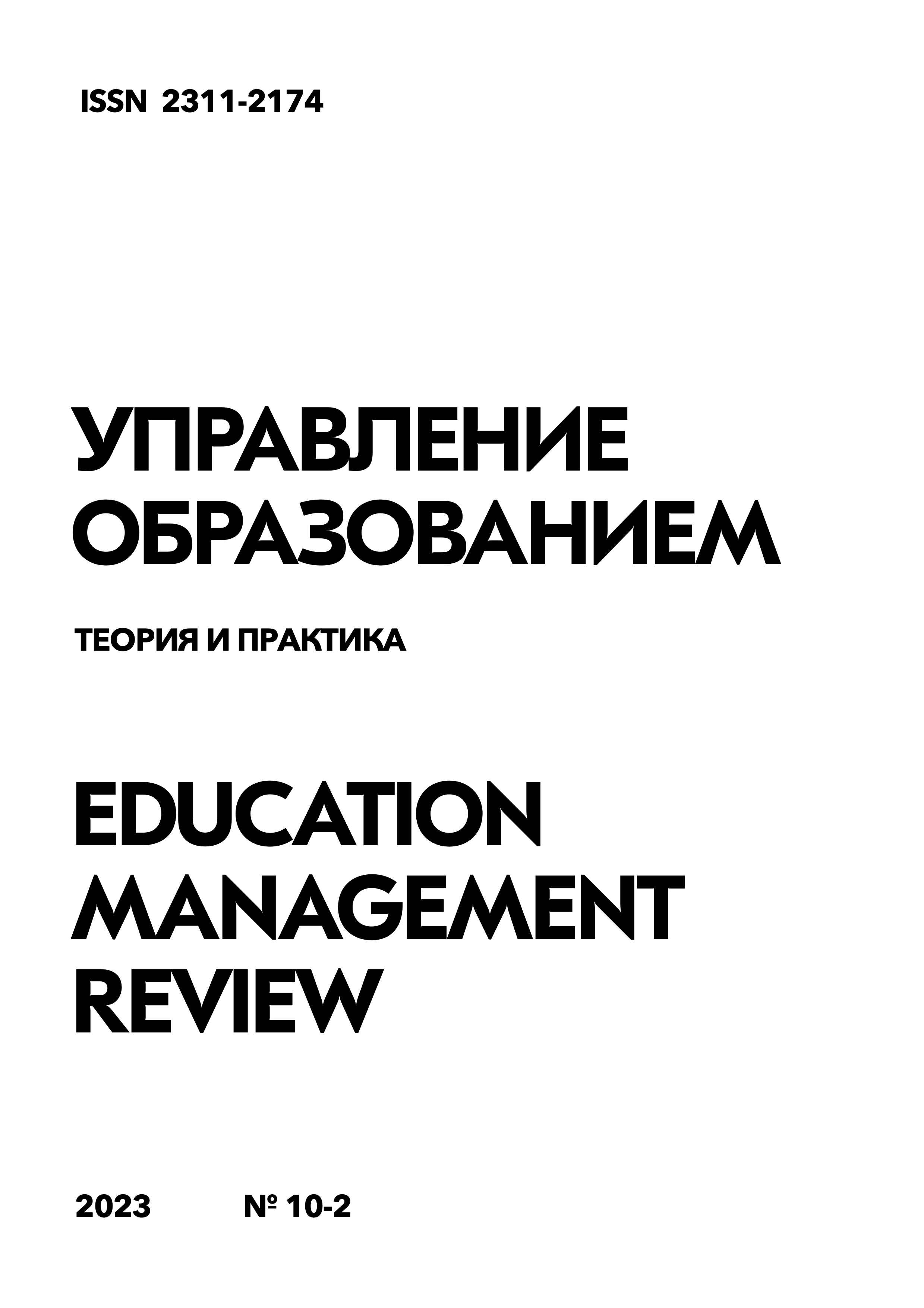Using a controlled sensory-developmental environment to optimize breastfeeding of children born with low body weight
DOI:
https://doi.org/10.25726/e5121-2522-9552-nKeywords:
the , sonatal lactation, lactation support, breastfeeding, color music aids, premature babies, sensory-musical developing environmentAbstract
The article presents materials on the approbation of the "Sonatal lactation" program, which contributes to the support of the lactation process in mothers and the optimization of breastfeeding of premature babies born with ONMT (very low body weight) and ENMT (extremely low body weight). The necessity of all components of the sensory-musical educational environment developed within the framework of this program (special songs, sensory simulators, synthesizer with colored keys) is confirmed. The article provides evidence that the "Sonatal lactation" program helps optimize the emotional state of a nursing mother, increases the duration of the breastfeeding period, lays the foundations for the formation of behavioral models in an infant, and also improves the psychomotor development of children in the first half of their life. The study used such methods as: clinical and functional assessment of the condition of children, anthropometry, the scale of behavior of a premature baby during breastfeeding (PIBBS) (Nyqvist, 2008), the standardized clinical and psychological technique "Gnome", the method of musical accompaniment of breastfeeding "Sonatal lactation", medical documentation (diary of lactation nursing mothers, a form of evaluation of lactation in nursing women "Lactation bypass"). The "Sonatal lactation" program can be used in the conditions of the department for premature infants of a pediatric hospital, in the conditions of a family after discharge from the hospital, as well as in outpatient polyclinic conditions.
References
Клинико-организационное руководство по грудному вскармливанию. Проект «Мать и дитя» / Российско-американское межправительственное сотрудничество. 2003. 63 с.
Беляева И. А., Намазова-Баранова Л. С., Турти Т. В., Лукоянова О. Л., Бомбардирова Е. П. Внедрение принципов успешного грудного вскармливания в системе оказания медицинской помощи детям, родившимся раньше срока // Педиатрическая фармакология. 2014. № 11 (5). С. 71-76.
Глобальная стратегия по кормлению детей грудного и раннего возраста / Женева: Всемирная организация здравоохранения, 2003. 34 с.
Национальная программа оптимизации вскармливания детей первого года жизни в РФ. / М. 2009. 70 с.
Лазарев М.Л. Миссия плода / Москва: Коломенская типография, 2018. 272с.
Мамалыш или рождение до рождения / Москва: ОЛМА Медиа Групп, 2007. 848 с. ISBN 7895373013017. EDN XRRBHJ.М.
Метод пренатальной профилактики и оздоровления беременной женщины и плода «Сонатал-лактация». Методические рекомендации для врачей. Приняты на заседании Ученого совета НЦЗД РАМН. Протокол № 4 от 25.04.2012.
Лазарев М. Л. Музыка материнского молока. Союз педиатров России / Москва: Общество с ограниченной ответственностью Издательство "Педиатръ", 2015. 32 с. ISBN 978-5-906332-65-3. EDN XXGDWR.
Молочная нежность. Автор сл. и муз. М. Лазарев. Поет А. Маркова. Клавишные – С. Макеев. [Электронный ресурс] https://androsound.ru/?song=Анжелика+Маркова+–+08+Молочная+нежность
Зернышко. Автор сл. и муз. М. Лазарев. Поет А. Маркова. Клавишные – С. Макеев. [Электронный ресурс] https://sparkmusic.ru/?mp3=Анжелика+Маркова+–+09+Зернышко
Программа «Цветоник». Вводный урок. [Электронный ресурс] https://youtu.be/28rQn6NoK8w?si=eKCt2wbH-D35J1n
Nyqvist K. H. Early attainment of breastfeeding competence in very preterm infants, Acta Paediatr // 2008. № 97 (6). С 776-81.




